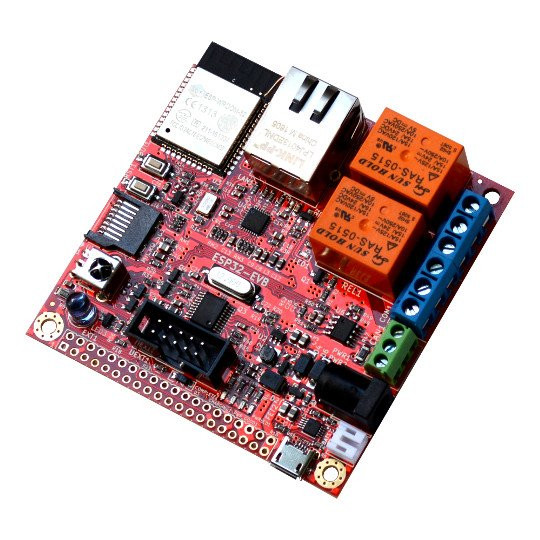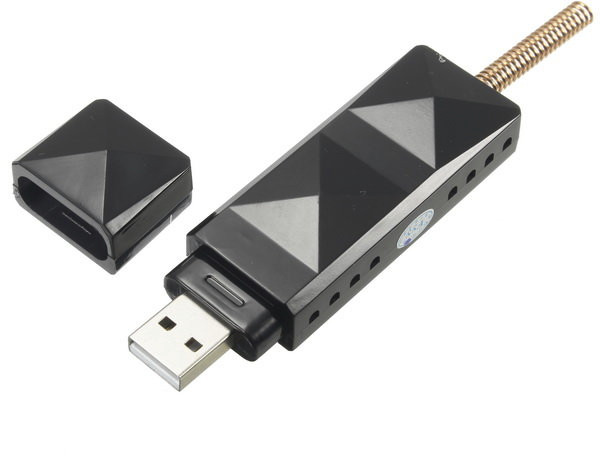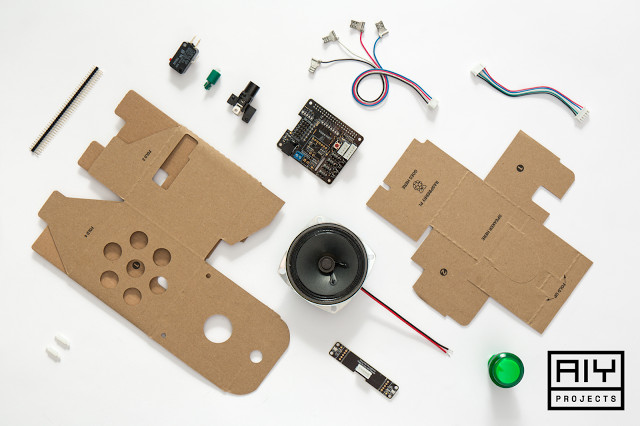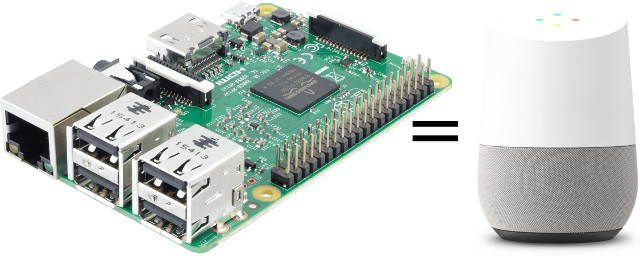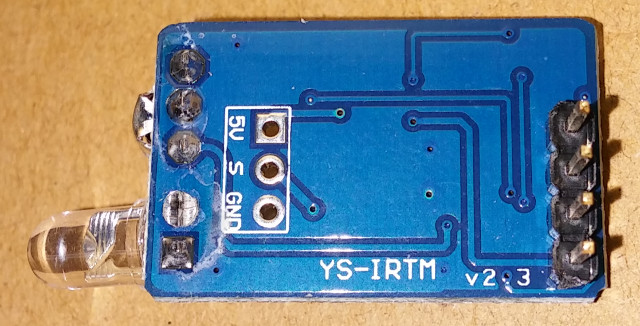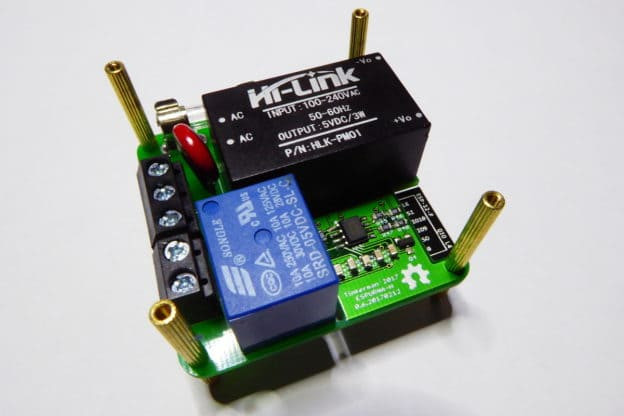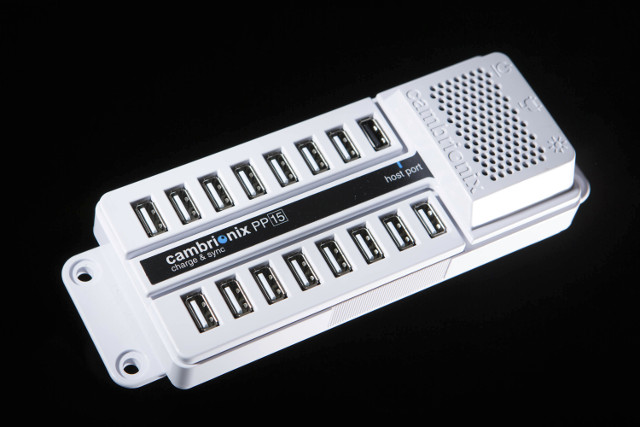HomeKit is a software framework that allows Apple users to control smart devices with their iPhone or iPad. But so far, you had to become an MFI licensee to design a HomeKit compatible device, you product had to be tested by Apple, and – according to a story on Hackster.io – also required a special cryptographic chip for authentication. Developers creating commercial devices still need to become an MFI license, but Apple has now opened HomeKit Accessory Protocol Specification for non-commercial projects, meaning you can now use the Framework on Arduino, ESP8266 boards, Raspberry Pi, and other development boards using software authentication. You could already use HomeKit on Raspberry Pi board previously using HomeBridge, but the advantage now is that you don’t need to breach Apple’s terms and conditions, and you can talk directly to your phone without the need for a bridge. If you want the specifications got to […]
Olimex ESP32-EVB Board with Ethernet, CAN Bus, and Relays up for Sale for 26 Euros
One of the new feature of Espressif ESP32 SoC over ESP8266 is the inclusion of an Ethernet MAC interface, but so far few boards come with an RJ45 jacks. ESP32 Monster board is an option, also including an OLED Display and CAN Bus, and sold on Tindie for $35, but Olimex has now stocked their ESP32-EVB board with Ethernet, CAN Bus, and two relays, and you can purchase it for 26 Euros per unit, and less in larger quantities. Olimex ESP32-EVB Rev. B specifications: Wireless Module – ESP32-WROOM32 module with 802.11 b/g/n WiFi and Bluetooth LE Wired Connectivity – 10/100M Ethernet with RJ45 jack (via LAN8710A) External Storage – micro SD slot Relays – 2x 10A/250VAC relays with LED status Expansion 40-pin GPIO female header (2.54mm pitch) UEXT connector for sensors and modules CAN Bus USB – 1x micro USB port for debugging (CH340T) and power Misc – Reset and […]
This $8 USB Transceiver Can Add 433 MHz Device Support to your Home Automation Gateway
With the advent of WiFi and Bluetooth IoT, 433 MHz devices are becoming less popular but are still used for doorbells, motions sensors, windows/door sensors, etc… If you have such devices at home, one way to integrate those into your home automation system is to use an ESP8266 WiFi to 433 Mhz bridge between your gateway and 433 MHz capable products. However, you don’t even need the middleman if you use a USB 433 MHz transceiver connected directly to the gateway. Nathan Chantrell found such USB dongle on Banggood for about $8, and managed to make it work with his Debian Gateway using Node-RED. 433 MHz USB dongle and features: Connectivity 433 MHz transceiver Range – up to 30 to 100 meters (Line of Sight) Tx and Rx for PT2262, PT2260, PT2264, PT2240, EV1527, HS2303-PT codes Can transmit multiple signals independently Control interface – Serial over USB @ 9600 bps […]
AIY Projects Voice Kit Transforms Raspberry Pi 3 Into Google Home, Comes Free with Raspberry Pi Magazine
We’ve just reported about the preview release of Google Assistant SDK that works on the Raspberry Pi 3, and other boards with a microphone, speakers, and access to Internet. The Raspberry Pi foundation and Google have now made it even easier, as they launched AIY Projects Voice Kit with a Google Voice HAT, a speaker, a stereo microphone Voice HAT board, a button, a few cables, and a cardboard case. You’ll just need to add your own Raspberry Pi 3, follow the instructions to assemble kits, load and setup the software. Once this is all done, you’ll be able to press the top button, asking anything you want to Google Voice, including the weather. Price? Sort of free, as it comes with MagPi 57 magazine, where you’ll also find detailed instructions for the kit. Google AIY Projects got its name from a mix between (DIY) and artificial intelligence (AI), and […]
Google Assistant SDK Turns Your Raspberry Pi 3 into Google Home
Google Home allows you to select music, control your home automation system and more with voice commands, but now you can do the same with a Raspberry Pi 3 as Google released a developer preview (alpha v1) of the Google Assistant API that works on Raspberry Pi 3, and other development boards running Debian or Ubuntu. Functionalities are limited right now, with RPC API and Python sample code, but it only works with English language, and features such as timers & alarm, playing music, news, or podcasts, and precise location are not supported. Location is determined using your IP address only, and if you’re using some third party services / products such as Uber or Hue, you’ll need an actual Google Home device for initial setup. Google has provided instructions to use Google Assistant SDK with Raspberry Pi 3 board. First you’ll need a USB microphone ($5.99 on Amazon), and […]
Karl’s Home Automation Project – Part 4: MQTT Bridge Updated to Use YS-IRTM IR Receiver & Transmitter with NodeMCU
In a previous article, I wrote about an MQTT bridge by 1technophile. I added a DHT temperature and humidity sensor as well as a light sensor. Previously it included a software decoder to decode the IR signal. I never did test the IR transmitter on the gateway, as I didn’t have the parts. But thanks to IC Station, who sent me over a small YS-IRTM hardware based decoder and NodeMCU that I am writing about today. I have replaced the software based version with the YS-IRTM module in the latest update. I found this project challenging. I admit I am a little weak in my programming skills. It was difficult to find documentation but I found a forum talking about this device and basics of how it works. When an IR code is recognized it sends 3 hex codes via serial connection on the transmit pin. To transmit, it expects […]
ESPurna-H is a Compact Open Source Hardware Board with ESP8266 WiSoC, a 10A Relay, HLW8012 Power Monitoring Chip
ESPurna is an open source firmware for ESP8266 based wireless switch as such Sonoff POW, which I’ve been personally using to monitor my office’s power consumption. The developer, Xose Pérez (aka tinkerman), has now developed his own hardware with ESPurna-H board, as existing wireless switches with power monitoring functions would not fit into a gang box. ESPurna-H board specifications: WiFi Module – ESP12 with Espressif ESP8266 WiSoC Relay – Songle SRD-05VDC-SL-C 10A relay with NO and NC connection Power Monitoring – HLW8012 chip as found in Sonoff POW Expansion – 2x 5-pin header with the programming GPIOs, and two connections for external button and LEDs Misc – Reset button Power Supply Input – 100 ~ 240V AC Output – 5V up to 600 mA via Hi-Link HLK-PM01 Safety – Optical isolation between the logic circuit and the relay circuit Dimensions – 50x50x20mm Xose designed the board with Eagle 8.0 and released […]
Cambrionix PowerPad 15S is a 15-Port USB Hub with 2.1A Output, Control API, Serial Console, Power Consumption Monitoring
Many development boards are powered over USB, usually via a micro USB ports, and if you have one board, you’d just use a 5V USB adapter with the right amperage, and it will work fine as long as you have a low resistance USB cable (AWG20 cables recommended for higher loads). But when you start to running multiple boards using power strips with USB adapter start to take space, so USB hubs are much more convenient. However, you need to find one that delivers enough power, is reliable, and possible allows per port power control. The guys at LAVA (Linaro Automated Validation Architecture) are using a lot of boards to validate software developed by Linaro and their members, with the boards having to run 24/7, and they had various misfortunes with USB hubs, but as Dave Pigott reports they’ve now found that USB hub of their dream with a 15-port […]



